As kids’ behavior reaches crisis points after the stress and isolation of pandemic shutdowns, many schools are facing pressure from critics to rethink their approaches to discipline — including policies intended to reduce suspensions and expulsions.
Approaches such as “restorative justice” were adopted widely in recent decades as educators updated exclusionary policies that cut off students’ access to learning and disproportionately affected students of color.
But more students have been acting out, and some school systems have faced questions from teachers, parents and lawmakers about whether a gentle approach can effectively address problems that disrupt classrooms.
The latest example came this week in Newport News, Virginia, where teachers complained at a school board meeting that the school system where a 6-year-old shot his teacher had become too lenient with students. Students who assaulted staff were routinely allowed to stay in the classroom, they said, because of a misguided focus on keeping them in school.
The local school board said it would take “the necessary steps to restore public confidence” in the school system.
Both anecdotally and according to federal data, instances of misbehavior have been on the rise since students returned to classrooms from the COVID-19 pandemic. A National Center for Education Statistics survey of school leaders last summer found 56% of respondents said the pandemic led to increased classroom disruptions from student misbehavior and 48% said it led to more acts of disrespect toward teachers and staff.
New scrutiny of approaches to discipline could halt momentum for policy reform, said Rachel Perera, a fellow at the Brookings Institution who studies education.
“There’s a lot of pressure on schools right now,” she said. “Schools also say they don’t have the resources to address more behavioral problems, and I worry that that will translate to schools falling back on old practices that are not effective in terms of supporting students in the way they need.”
Policy reversals are already underway. In Gwinnett County, Georgia, the school board approved the use of a “restorative practices” program in August that was meant to focus on conflict resolution, repairing harm and rebuilding relationships in the classroom. But the district paused the program in December, with plans to restart it in the 2023-2024 school year, after concerns were raised over incidents in school, including a video of a student assaulting a teacher at a high school.
In Clark County, Nevada, district leaders announced in March that they would take a harder line on fighting and physical altercations, saying they would be grounds for expulsion. Some in the community had blamed a “restorative justice” approach for an increase in violence.
As of 2020, 21 states and the District of Columbia had passed legislation supporting the use of restorative practices in schools, according to research from the Georgetown Law Center on Poverty and Inequality.
Implementing the practice properly takes time, resources, and community support, said Rebecca Epstein, the center’s executive director.
“Change is hard,” Epstein said. “Change takes work and it also takes resources and educators are spread really thin. It can’t be up to individual teachers alone to shift the culture of automatically resorting to excluding students in response to disruptive behavior. It really takes a whole school cultural shift.”
Using restorative justice does not mean a school cannot remove a disruptive student from the classroom, said Thalia González, a professor at the UC College of the Law, San Francisco. But unlike other forms of discipline, restorative practices aim to address the root cause of student’s behavior and reintegrated them into classroom.
“That’s the problem with punitive discipline such as suspension and expulsion,” Gonzalez said. “You get removed and then you just come back. There’s nothing done to reintegrate into the community and rebuild the climate, the connectedness, the sense of safety, all the things that we know are so important to young people learning.”
Traditional discipline has widened inequities. Black children often are suspended or expelled at rates far higher than white children. Research has found that these discipline disparities can have lifelong consequences for children, such as worsened educational outcomes and higher rates of incarceration.
Newport News has its own history with restorative justice.
At a school board meeting in 2017 district officials discussed efforts to reduce school suspensions while implementing restorative practices. Tracy Pope, then the school system’s restorative practices specialist, said at the time that such practices did not do away with anything already in place, but was rather “another way to look at how we do discipline.”
Well before the Jan. 6 shooting of a first-grade teacher, not all educators were happy with the handling of student discipline. According to a spring 2022 survey of teachers and staff, only 60% of respondents said administrators were addressing negative student behaviors.
Michelle Price, a spokesperson for the Newport News schools, said in an email that the district’s code of conduct “fosters the school division’s mission to ensure all students graduate ‘citizen-ready.’
“It provides guidance for students, families, and staff, and details the many options available to NNPS staff to address student conduct,” she said.
(AP)

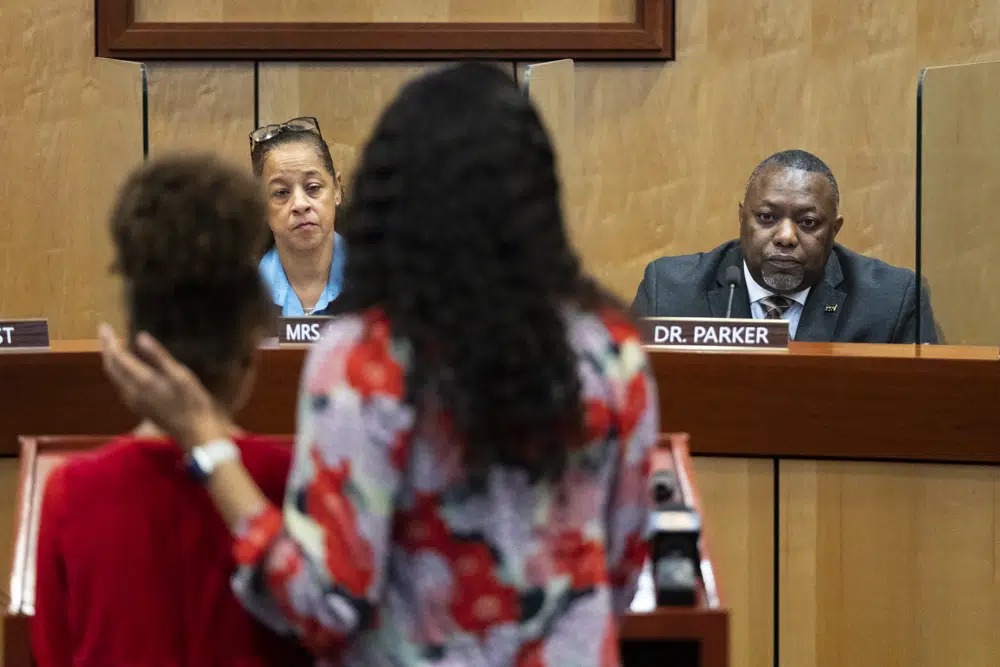

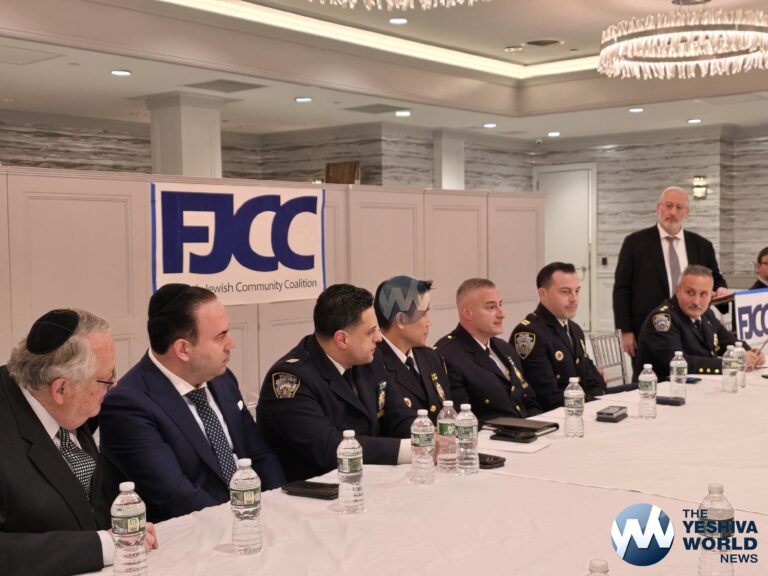

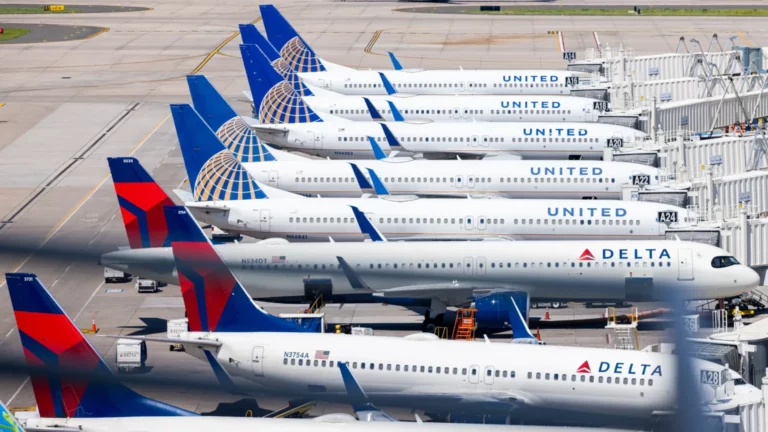

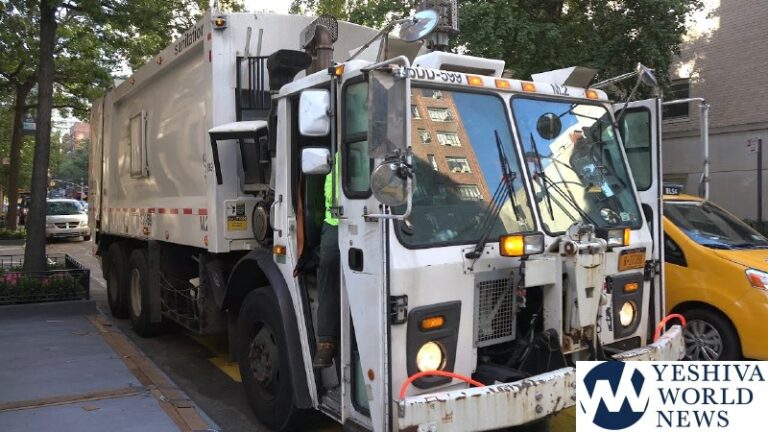
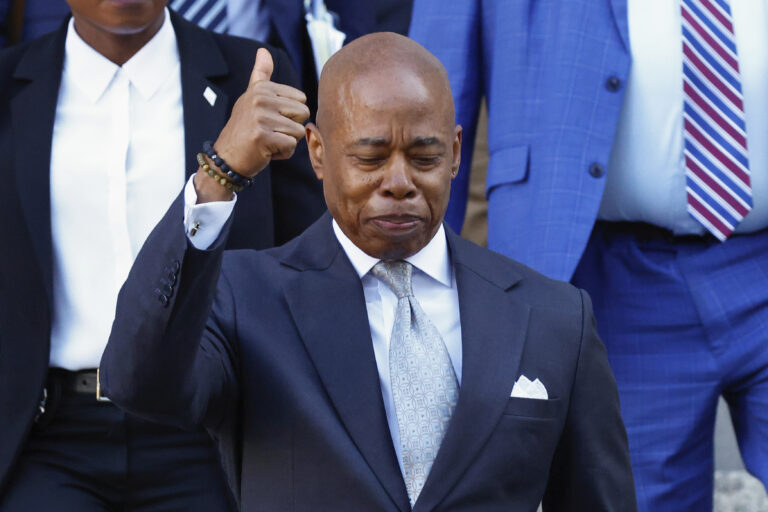
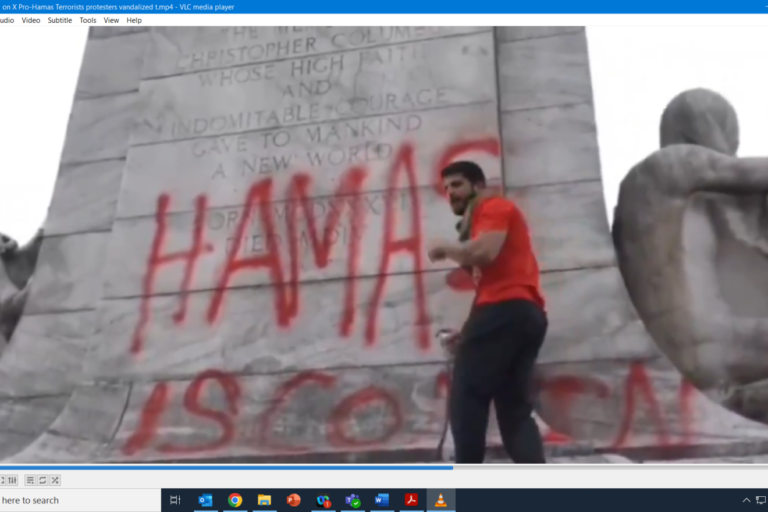
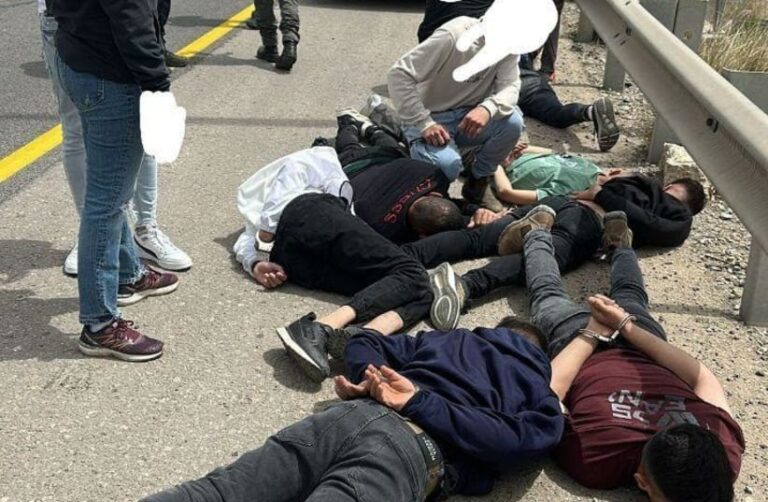
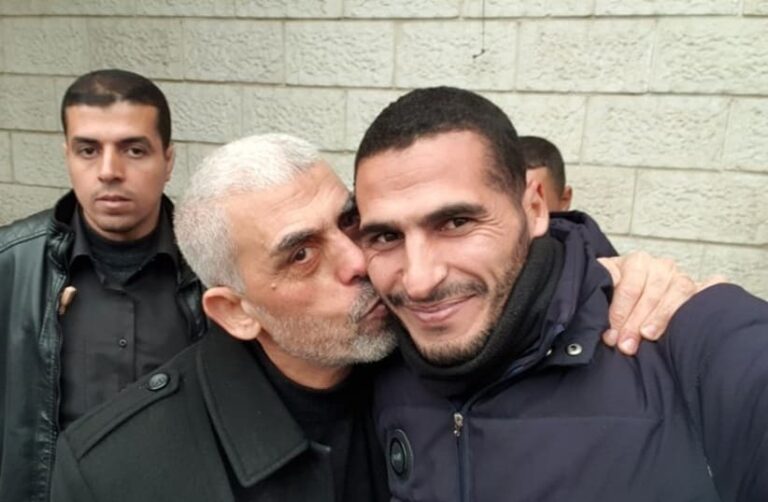
One Response
how about culture…..the kid wanted to do more…education system is terrible not to forget the criminal activities of all WOKE systems…this is just another one of them…..